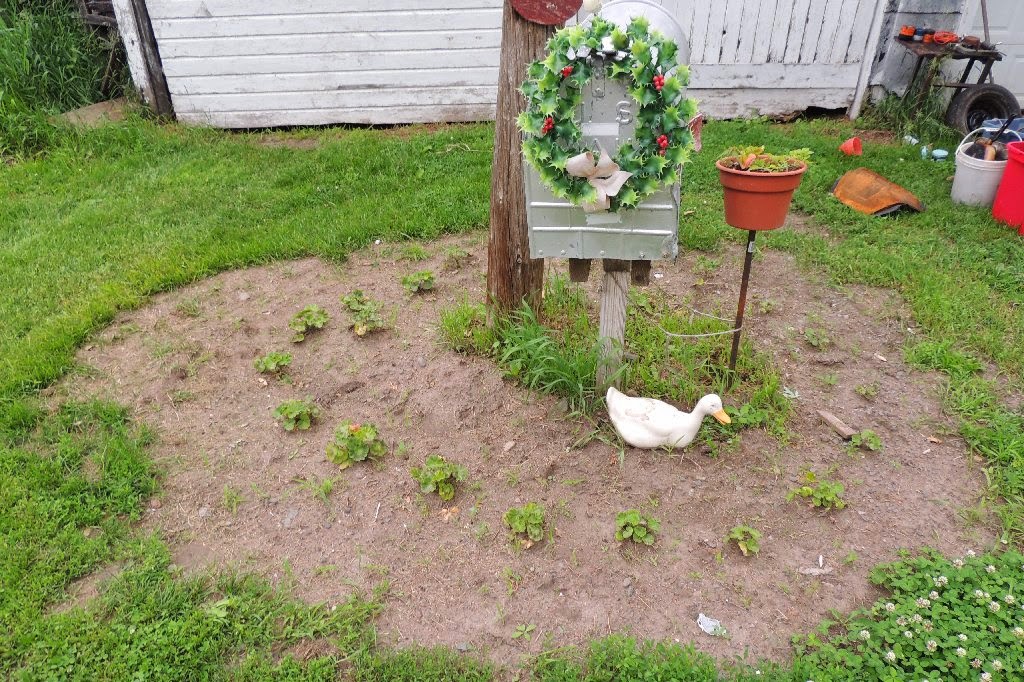A Twin-citian bought it from the current owner and is busy cleaning and hoping to make it a residence.
The history of the school briefly: With large farm families at the turn of the century (1900) and the one room Orr School a mile up the road and the one room Cushing School a mile down road bursting at the seams, a new school district was formed in 1904, the building built that summer and opened in the fall. As many as 60 children attended the school -- with the basement used as a classroom when needed.
The Nelson family, who built the farm house and barn where I am this last year, had 21 children themselves--all who attended Bass Lake school. The Christensons, Gullicksons, Hansons (Burnell and his siblings), Rutsch, Jensen, and others within walking distance. Cousin Marley Hanson, the Mariettes, those directly west on the River Road, walked east over a foot bridge on Wolf Creek, up the very old road linking Wolf Creek and Alabama to school. Cross country cut off miles from the square section roads.
The depression stopped many of the large familes--couldn't afford them anymore, and then World War II made teachers hard to find (the men were gone--and women teachers married deferred farmers). Women rarely continued teaching after they were married. The Bass Lake students were absorbed by Orr, Cushing and Wolf Creek districts and the school sat empty for 15 years or more.
Clarence Westlund, a neighbor of ours who had two farms, one surrounding the Bass Lake School, bought the school house after his wife died and he sold his two farms and houses. He lowered the ceiling, put inside partitions, and insulated the ceiling and moved in and planted some apple trees to the west. He lived there a few years before being laid up.
His daughter had it and occasionally came out from the cities and stayed. She passed it to her daughter who also came out occasionally until health problems limited her mobility.
The school house sat empty, for another 20 years, with some breakins, the yard and orchard growing up to trees, and then last summer, my friend Mike contacted the owner to ask about doing his treasure hunting detection on the school yard. He mowed some of the yard, put plywood in broken windows and made it look somewhat active again.
Then the current owner saw it, found the owner, and a new dream of living in the country is underway. The owner grew up in Nebraska with her job taking her to the Twin Cities.
I brought some tables to loan for a garage sale tomorrow (Saturday June 28) and bought an item for the Cushing Museum, jumping the gun on the sale!
 |
| Headed for the Museum in Cushing! |
We wish the new owners good luck and welcome to the neighborhood. Restoring old buildings is something I heartily approve!
Photos from the Bass Lake School 1904-1944

















































